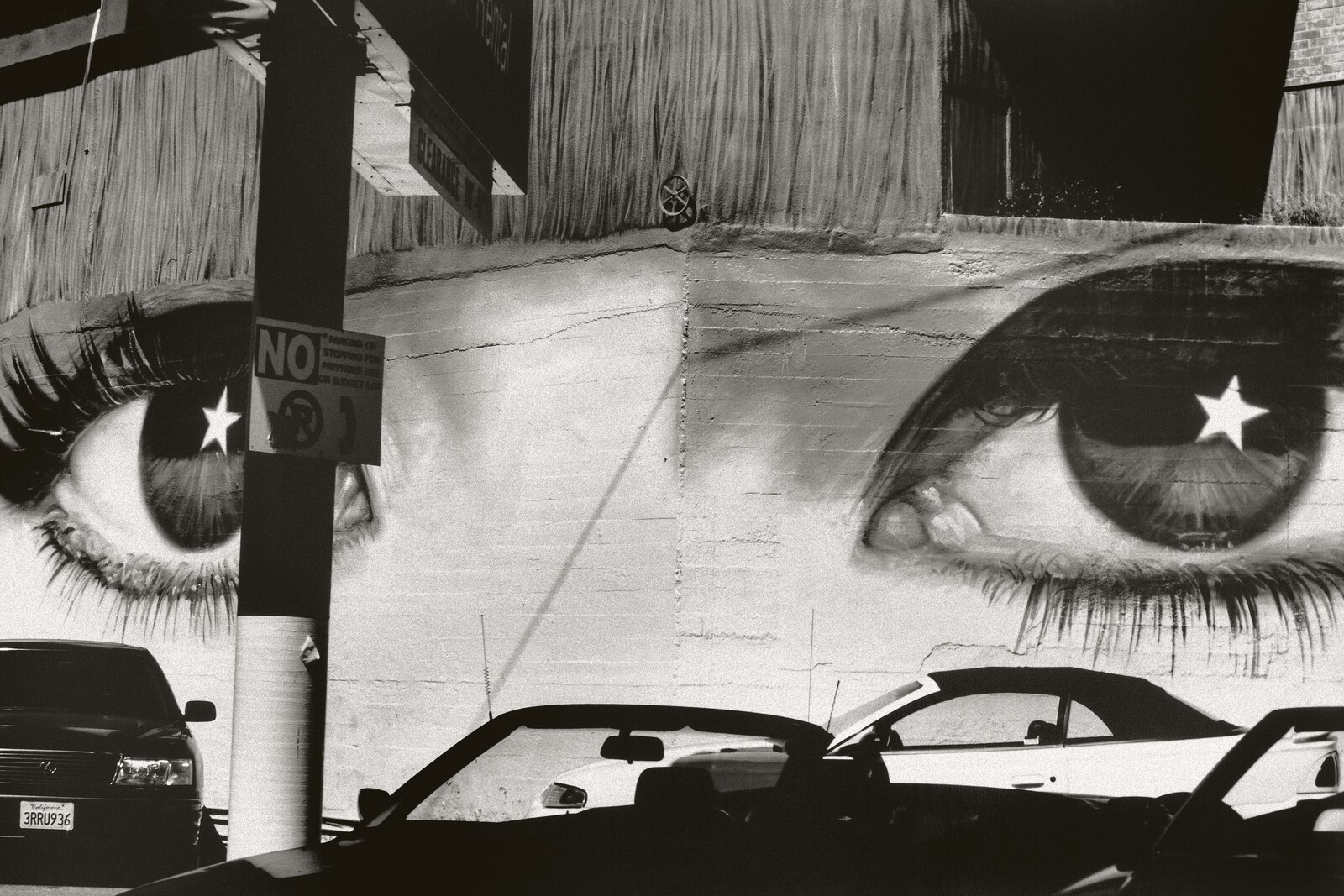Field of images
June 1–August 28, 2022
Sala Recoletos Fundación MAPFRE
Paseo de Recoletos, 23
28004 Madrid
Spain
The exhibition Paolo Gasparini: Field of images features more than 300 works that present a complete survey of the artist’s career which centres on both his photographs and on his other principal form of expression, the photobook, a crucial narrative device for defining the history of photography in South America. The exhibition encompasses some of the artist’s most important projects created over the course of more than six decades of a photographic career which in its totality offers a journey across a range of cities in a process of transformation: Caracas, Havana, São Paolo and Mexico City, in addition to its resonances of Munich, Paris and London.
Paolo Gasparini (born Goritzia, Italy, 1934) is the photographer who has best portrayed the cultural tensions and contradictions of the South American continent and its relations with Europe and the United States. His images convey the harsh social reality faced by a region of undoubted cultural authenticity and one in which the past and local tradition establish a dialogue with a heavy-handed, imposed modernity. Gasparini is engaged in the creation of a body of work with a unique visual language and one that always expresses a critique of consumer society while revealing a degree of obsession with the way in which marketing and advertising seduce us. His commitment with the politic and social movements that were impacting on Latin America made him, beyond portraying the events that were taking place, to align himself with the discourse of the left-wing intelligentsia which was calling at that period for a type of social art which sought to achieve justice.
Gasparini´s perspective allows for an understanding not only of the differences between Europe and South America but also the diversity within the latter, from Mexico to south of the Andes. As the exhibition’s curator María Wills has observed: “Gasparini’s photographs reflect on the effects of decades of political migrations in the 20th and 21st centuries: migrations of Europeans to the Americas as a result of World War II; of Cubans to Spain and the United States; of Ecuadorians to Spain; and, more recently, the massive exodus of Venezuelans to Colombia. Generation after generation marked by voluntary and forced exiles inevitably make us reflect on the ambivalence of identity.” Gasparini’s approach to visual culture arises from movement, given that he produces his images as he walks and it is through this action that the aesthetic of his work reveals itself, influenced by the tragedy of the city and the chaos of contemporary life: advertising hoardings, reflections in shop windows, workers finishing their day, homeless people, passers-by, tower blocks, poor houses, political slogans and the harsh lives of the Andean peasants.
Besides, Gasparini tends to fragment the temporal sense of his series, revisiting images that he has produced in the past together with more recent ones. This is what he means by il senno di poi [retrospective understanding]: “[…] I associated images, linking them with different themes, places and dates, trying to organise a new discourse which, through the city’s architecture and some aspects of its daily life, suggest a reinterpretation of Caracas in its past and future, representing social, political and cultural contradictions.” His habitual manner of composing the images through juxtapositions expresses the result of a society marked by contrasts.
The exhibition is divided into 16 sections which present some of the artist’s most important projects created over the course of more than six decades of work. It offers a particular focus on the photobooks, which Gasparini considers a form of expression of equal importance to his photographs. It also includes essays by the curator, María Wills Londoño, the photography historian Horacio Fernández, the art historian and visual cultural researcher Sagrario Berti, the writer and journalist Juan Villoro and Antonio Muñoz Molina, holder of the Prince of Asturias Award for Literature.


